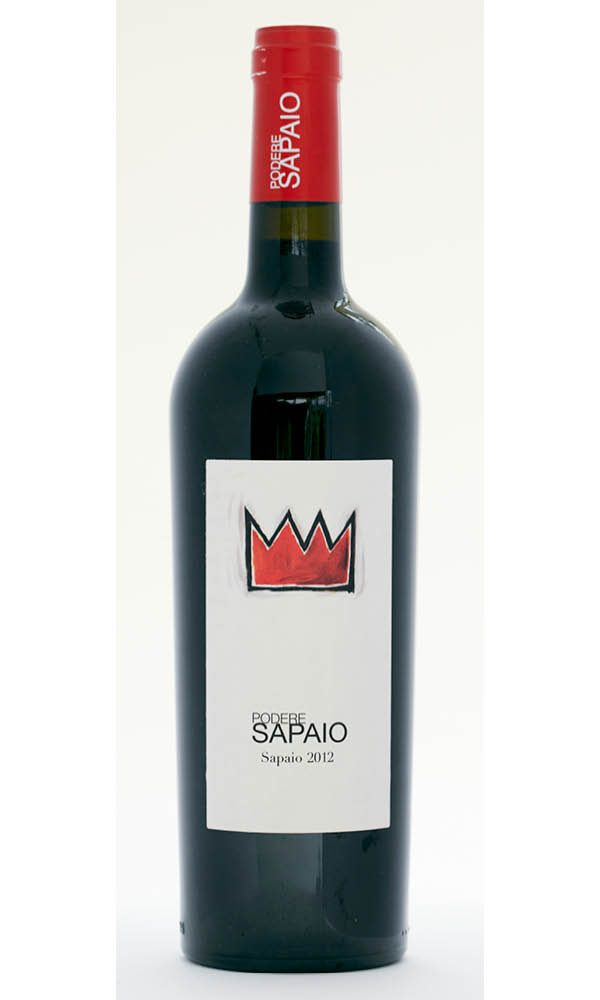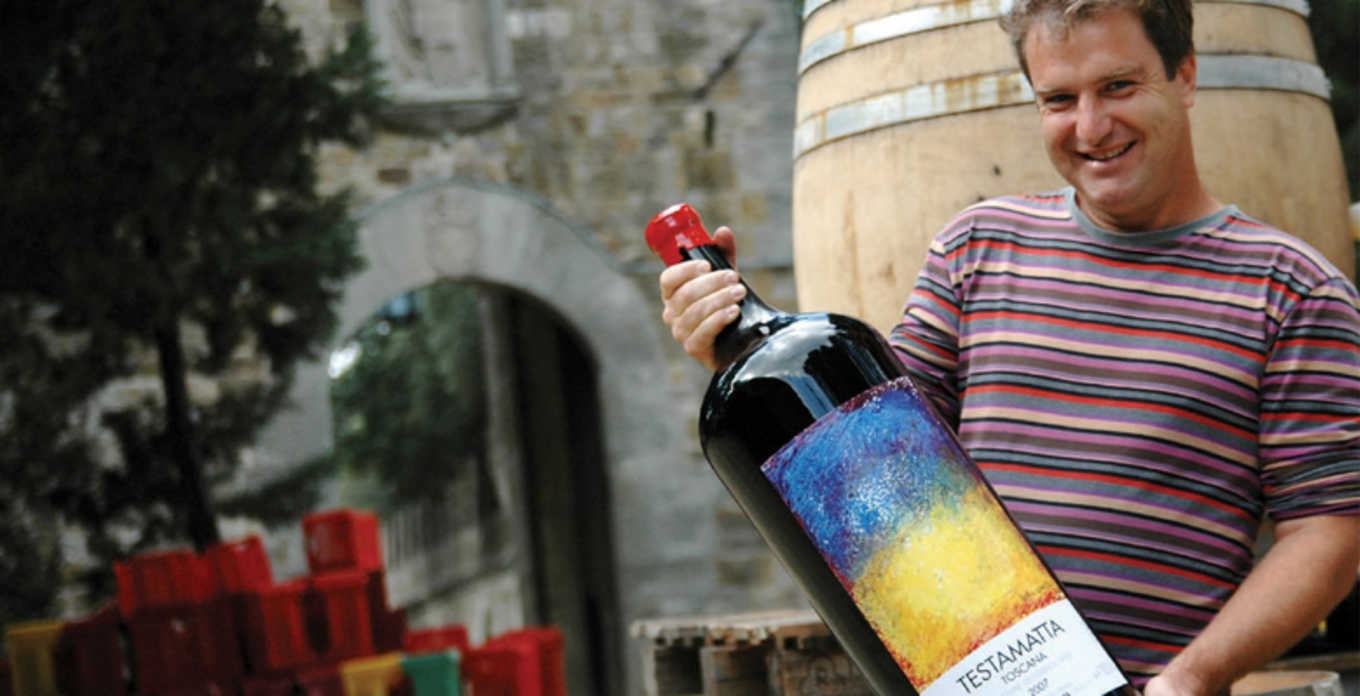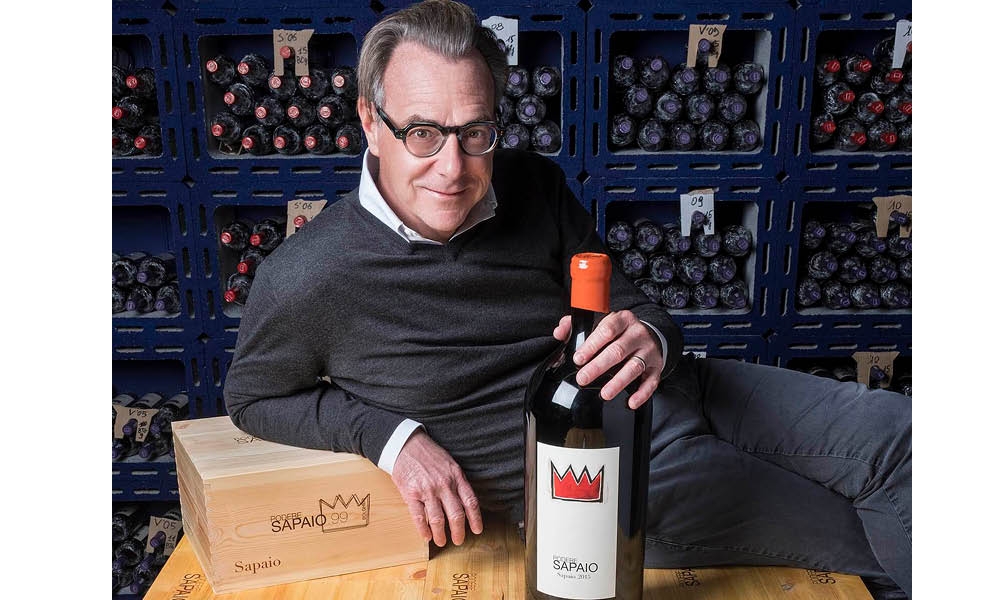
Podere Sapaio is a winery that produces wines in Castagneto Carducci in the Bolgheri DOC. Famous for its Sapaio and Volpolo wines.
Podere Sapaio ‘s History and Terroir
The Podere Sapaio owned by Massimo Piccin from Treviso, is located in Lo Scopaio, in Castagneto Carducci in the province of Livorno and is part of the prestigious Consortium: The Wine and Oil Road of the Etruscan Coast. A territory that can be associated with a color palette, from the turquoise of the sea, to the gold of the beaches, to the green of the Mediterranean scrub and pine forests, where sea and nature coexist harmoniously, an enchanting landscape and where the production area of wine, which also includes Bolgheri and its avenue of cypresses, is among the most prestigious and renowned in the world.
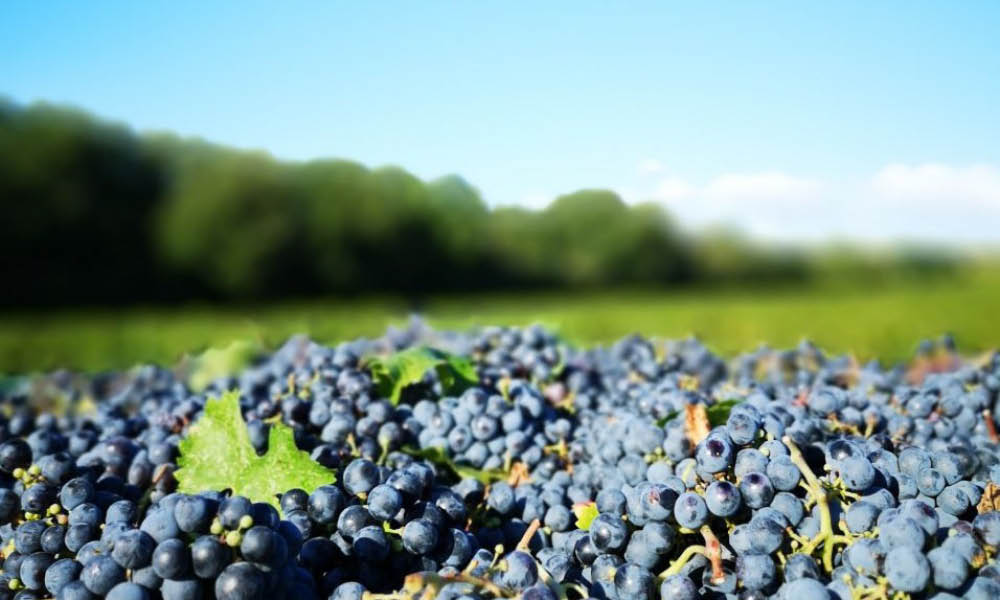 The history of this company began in 1999, when Massimo Piccin purchased the first ten hectares with the Casale attached and thus the Podere was born. Since then the growth of this company has been exponential. In fact, there are currently 40 company hectares, of which 25 are vineyards and divided into 16 in the Bolgheri Doc Territory and 9 in the Bibbonese area.
The history of this company began in 1999, when Massimo Piccin purchased the first ten hectares with the Casale attached and thus the Podere was born. Since then the growth of this company has been exponential. In fact, there are currently 40 company hectares, of which 25 are vineyards and divided into 16 in the Bolgheri Doc Territory and 9 in the Bibbonese area.
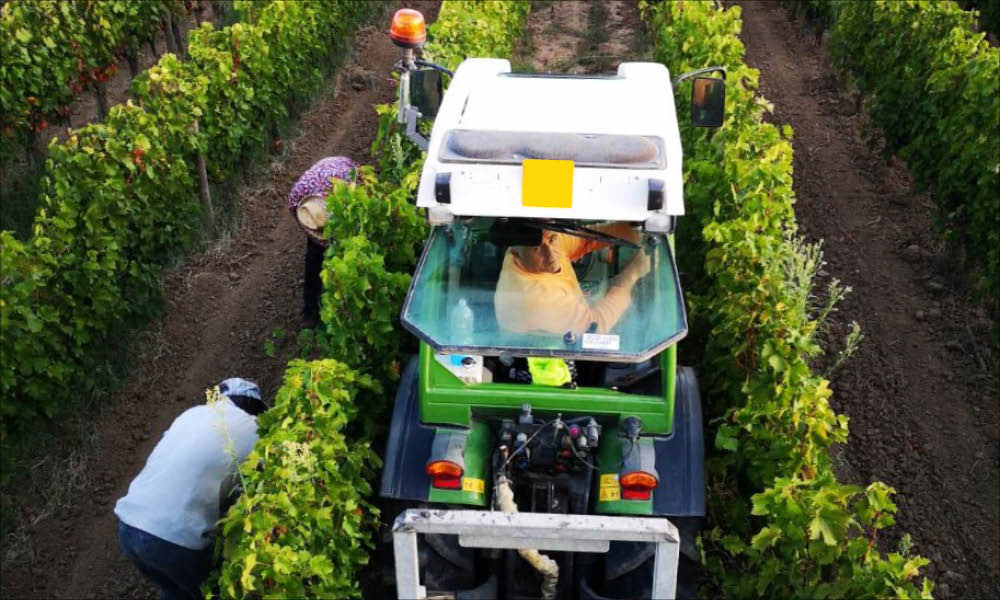
The Philosophy of the wines of Podere Sapaio
Podere Sapaio wines over the years have received an infinite number of awards and prizes, thanks to vineyards located on soils rich in clays, sands and pebbles, exposed to the south-west, and processed organically. Massimo has always had a passion for wine and the cue to produce a fine wine, so much so that to be released from regulations that did not reflect his philosophy, since 2015 his Rosso Superiore Sapaio has left Doc Bolgheri, to become Igt.
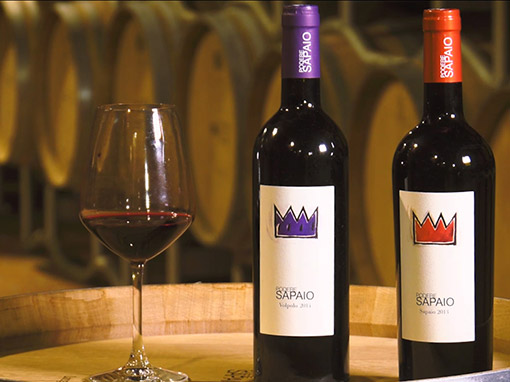
And in the same year with his wife Alice Dal Gobbo, they wanted to make substantial investments in the island of Giglio, detecting land overlooking the cliff and in different parts: three thousand meters near the Punta del Fenaio lighthouse, another three thousand in Bacarinello locality towards the Capel Rosso lighthouse and five thousand meters of Mediterranean under the Vigne delle Secche. Here the agricultural practice is that of heroic viticulture, made by manual processing and without the support of mechanical means, due to the terraces and the lack of roads. The wine produced is Ansonica, from the native grape variety. An example is the White Tuscany Rabbit Paradise igt.
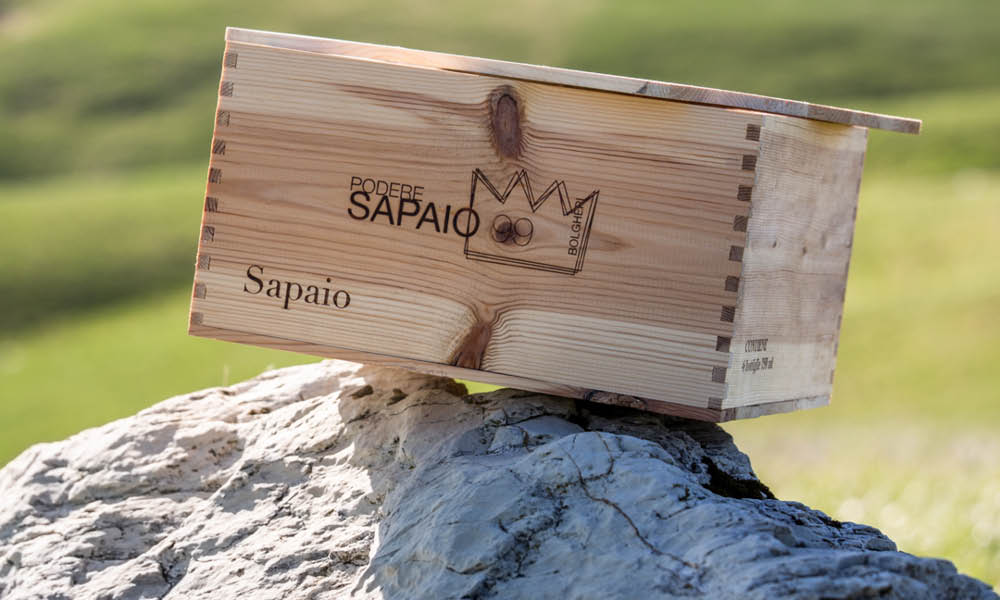
The wines of Podere Sapaio
In the cellar thanks to the contribution of the very high value work of the oenologist of Carlo Ferrini, where the Bolgheri production of the Bordeaux cut, with Cabernet Sauvignon, Cabernet Franc and Merlot grapes, has made this company establish itself among the national and international excellence , producing the best red wines from the Alta Maremma.
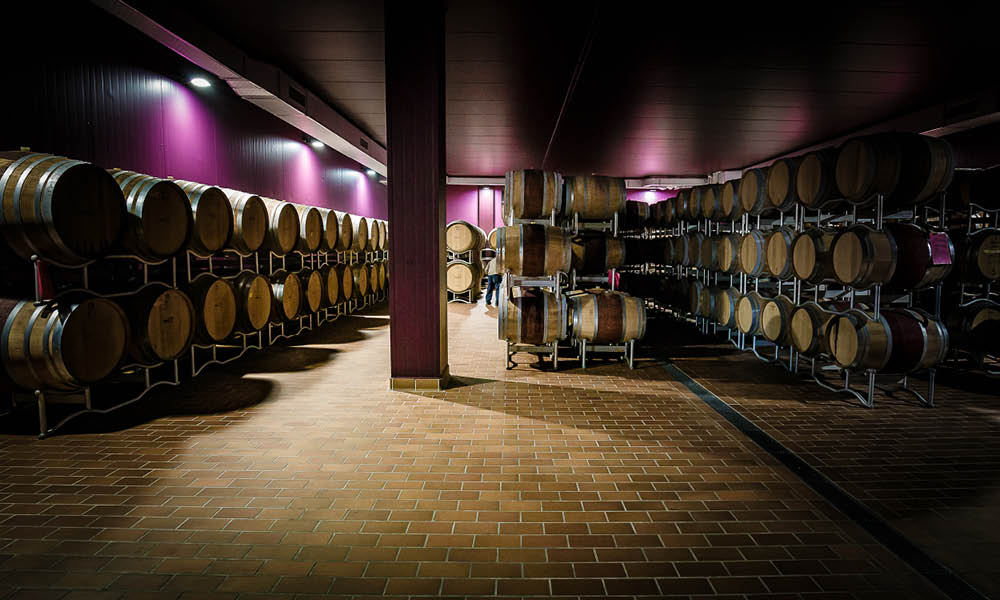
The line features two wines, Volpolo Bolgheri Doc made with 70% Cabernet Sauvignon, 15% Merlot and 15% Petit Verdote, Sapaio produced from 70% Cabernet Sauvignon, 10% Cabernet Franc, 20% Petit Verdot, the names of Volpolo wines and Sapaio, are based on two ancient Tuscan vines: volpola and sapai, which attest to the principle of these wines made with non-native grapes in Tuscan territory.
Sapaio Sapaio – Toscana Rosso IGT – Podere Sapaio
| Appellation: | IGT Toscana |
| Grapes: | 70% Cabernet Sauvignon 10% Cabernet Franc 20% Petit Verdot |
| Alcohol: | 14.5% |
| Tasting Notes: | SEE SHEET |
Info Podere Sapaio
Address: Sp 329, Via del Passo di Bocca di Valle, 1, 57022 Donoratico LI
Tel: +39 0565 765187
Web Site: www.sapaio.it
e-mail: info@sapaio.it
Wine Tastings & Direct Sales



